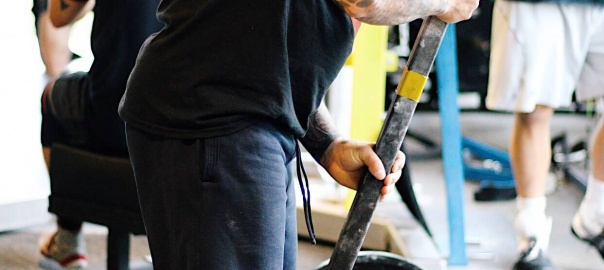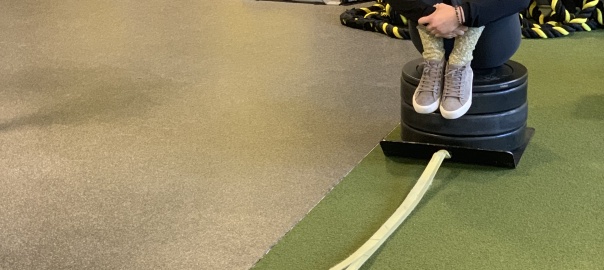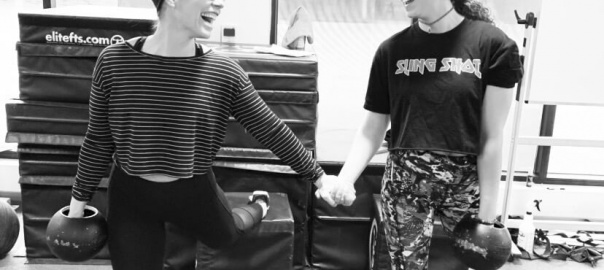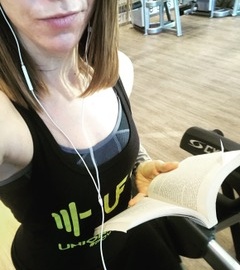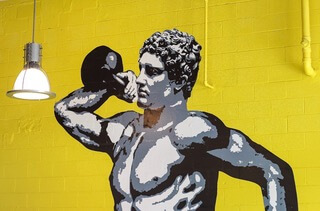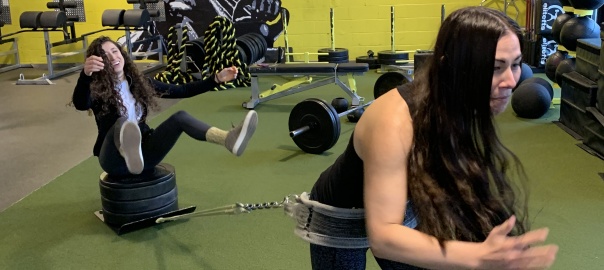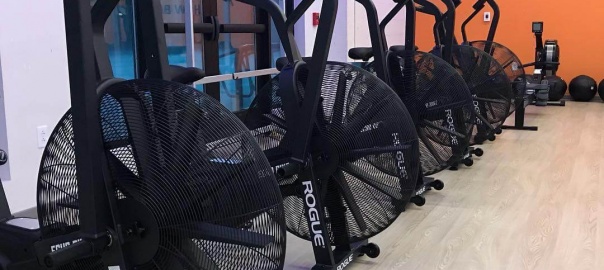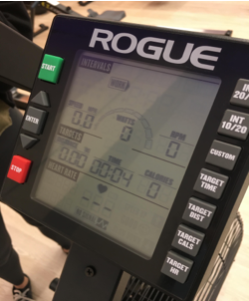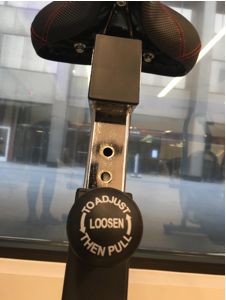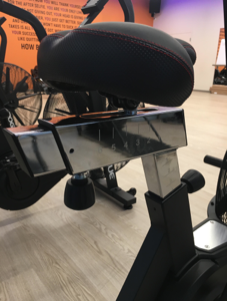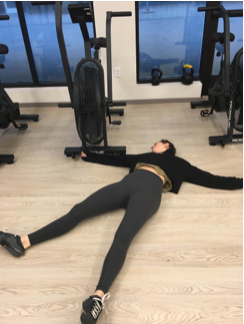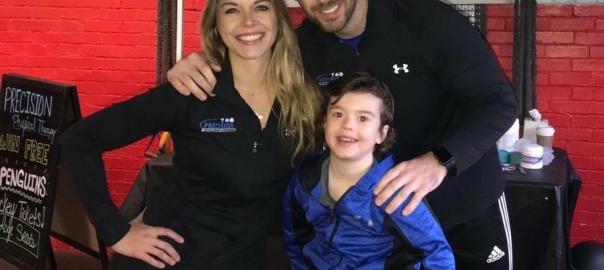As perfect as our gym might be, there are some gym frustrations that I believe any gym goer can understand. Here are some that have bothered me and also some solutions to make it less frustrating.
A crowded gym:
It’s Monday, you’re at the gym and it’s time to get the biggest chest pump of your life but when you arrive all the benches are taken. Suddenly, the anger starts to set in– you spent an hour constructing the perfect playlist and the pre workout is peaking. Rather than wasting energy standing there waiting, take advantage of this time to warm up properly. I don’t mean just laying on a bench for sets of 135 for a warm up– I mean take light dumbbells and press them overhead, warm up your triceps with some light cable ext., all while super setting with some face pulls. Now that you are warmed up there might be a bench just magically waiting for you.
If the benches are still preoccupied don’t stomp out of them gym quite yet. It’s time to make some friends. Step one: Introduce yourself. Step 2: Ask politely if you may work in with them. Step 3: Bench until your chest muscles feel like they are going to tear your shirt apart.
You forgot your headphones:
I know, now you have to listen to whatever awful playlist Alison or Alexa put on (just kidding they are wonderful). But seriously maybe you rely on your headphones to keep the laser like focus during those grueling sets.
To avoid this rookie mistake I would always recommend to keep a backup pair in your car or gym bag. These don’t have to be like your fancy wireless beat headphones but that cheap gas station pair are better than nothing.
If you don’t have headphones you just might just learn a new favorite song listening to the music we have playing over the speakers or maybe our music is so bad that it will actually make you push harder to get the workout over. Either way there is a silver lining
No training partner:
There are times when I am training all by my lonesome to only look over at Alexa and Alison’s deep love while they train. It hurts. I get it guys and gals, I’ve seen some of the beautiful bromances in the fitness center and that stings a little too.
Or what if there is a day your partner doesn’t show. Before the agony of betrayal sets in, realize that maybe your workout won’t be the best but you better believe you can still put the work in. Put your head down and see how fast you can pump it out without the chatter between sets. When you finish your set, start the clock to see how long it takes you to recover. Once the second set is finished, try to beat your rest time from the previous set. You will find that your muscles are burning so bad they are about to fall off.
Or referring back to the first frustration solution- it’s that time again to make some friends. See if you can work in and ask for a few tips. You are guaranteed to make some friends if you ask someone for a little advice. 99% of the time if you ask me for advice I will talk to you for about an hour (fair warning).
Lack of motivation:
There are some of those days where you got nothing in the tank. Your motivation is at an all-time low and you have already had three cups of coffee (or whatever blue concoction you bought at your local supplement store)… you just don’t want to be at the gym. You would rather be at home crushing a bag of chips while watching something on TV. I get it.
If you are already at the gym– pat yourself on the back! Push the barbell around or try out a new machine that you have never used before. Maybe the new machine will challenge you in the perfect way. Before you know it you are dripping in sweat and muscles that you have never felt before burn so bad you end up using the handle rail to walk back to your car.
If that machine does spark any motivation, take it slow and learn the form. But I challenge you to step in the gym next time, walk straight up to that machine and give it everything you got.
by Ryan McUmber
